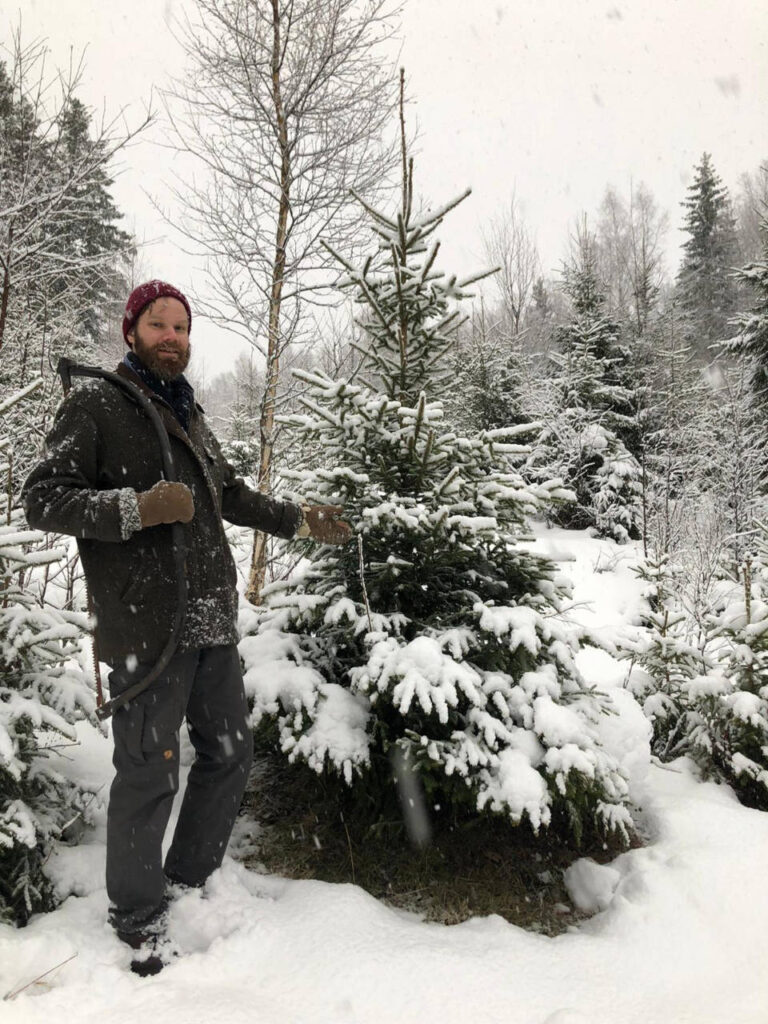Biodiversity

Modern production methods and lifestyles today constitute the greatest threat to biodiversity.
Demolition and change of land use are covering ever more earth and living nature below concrete and asphalt. Nature is being destroyed by a perpetual increase in transport and traffic. Modern agriculture has been made possible through access to cheap fossil energy and the mechanization. The consequences have been major depletion of the soil and massively reduced diversity in agricultural areas.
At the same time, agriculture is also contributing to climate change, which poses a further threat to biodiversity.
At Opsal we want to provide a holistic experience that includes a sense of the connection between production and nature. Just 100 years ago, before industrial agriculture based on fossil energy sources and extensive use of machinery made its full entry into Norway, the natural diversity in and around Norwegian farms was completely different. There were more animals, more plant diversity, but also – perhaps a little annoying for modern humans – more insects 🙂
The pastures here are grazed as they have been for many decades. Areas which formerly were used for grain are now also pasture, and other parts of the pastureland are returning to forest. The pasture is filled with lush wildflowers which in turn leads to a rich insect life and many birds thrive here.
However in the area of cultivated land where artificial fertiliser has been used in recent years there has not been a single flower to be seen. This is changing now and a larg area is now devoted to meadow. This habitat is the most species-rich type of agricultural land in Norway and will often contain the rarest species. It has been said that ‘the meadows are the stave churches of the cultural landscape’. We want to establish a yearly mowing tradition that takes place from the end of July with scythe, raking, fiddle playing and dancing!
We are also composing a herbarium, a physical book with an example of each flower and plant we find. This will form a baseline, to see where the farm is now, so we can see the development in years to come. We are also making a study of the forest, again to have some reference point for the work which nature (ourselves included) is busy with…